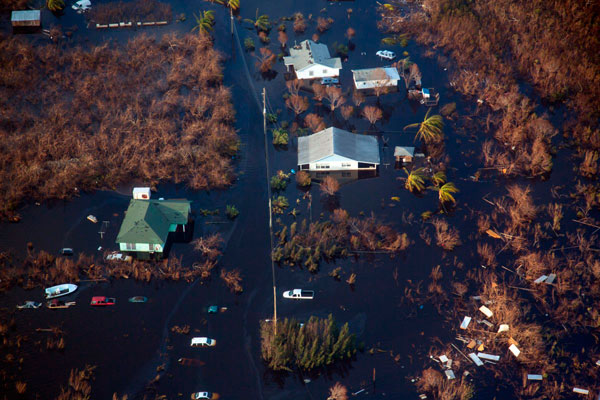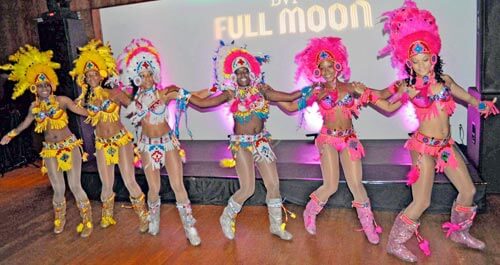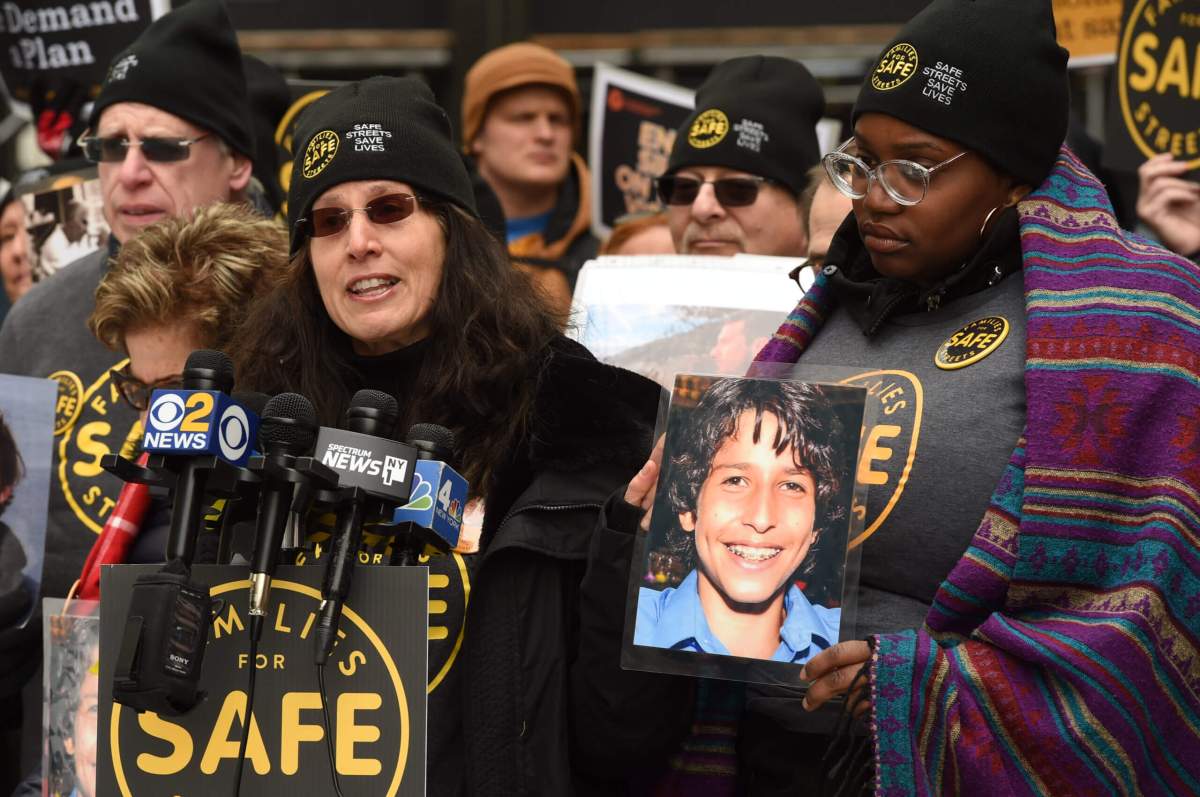By Lennox Honychurch
A large part of tourism is show business: set, lights, action. And as in show business, the show must go on as scheduled, as much as possible, regardless of the unexpected interventions, which may occur from time to time.
Those involved in the tourism business, from receptionists to managers, travel agents to tour guides and waitresses to barmen, especially barmen, (with their drinks and entertaining jokes and repartee), are akin to actors.
But the sets are important too: The scenic backdrop to the tourist’s visit; the historic sites, the rain forest adventures, the underwater coral gardens, the floor shows displaying so called “cultural dances”. These are the Caribbean tourist experiences that our clients have been encouraged to visit.
We have enticed them here with our marketing material, in print, film and cyber space. We have paid advertising agents millions of dollars to conjure up tempting images and descriptions of the experiences awaiting them. Nature, history, health, wellness and indeed, authenticity, are all part of the language used to get our clients to pull out their plastic and pay to go to your destination.
What are we giving them when they get here? How really authentic is the experience? Authenticity is a difficult concept to pin down. It can be the genuine article or it can be a delusion of the real thing that the visitor is prepared to buy into.
Disney World is a case in point. Its visitors know that they are participating in “make believe”. Its part of a fairy tale: a vast dream world of plastic computerized pirates and of mock European cities and adventures planted in a swamp in Florida. The unreal magic of this man-made mirage is part of its attraction.
But here in the Caribbean we increasingly market ourselves as the genuine article. We have sites related to the real pirates of the Caribbean, real rainforests, real coral reefs and real people taking part in traditional cultures of the islands that have evolved over centuries with the coming together of a variety of ethnic groups. All of this and the story which goes with it, comes together to form what we market as “the Caribbean experience”.
Our average visitor is far better informed than they were when the tourism industry began to blossom in the 1960s. A limbo dancer walking on crushed glass and fire eating with a steel band tinkling away in the background was all the entertainment that was necessary for a fun filled evening. But now we must come far better than that.
Information about sites, performances and experiences must be accurate, honest and interesting. With the flick of a smart phone and a quick entry into the Google search engine a tour guide can be proved to be wrong.
Our colorful history and the sites associated with these events are among the key features of our product. The way in which they are restored and maintained must follow as much as possible the traditional methods, so that we can honestly say that such a fort has survived intact for three hundred years, or that a sugar plantation complex is more or less as it was when “sugar was king”. The materials used in their construction are a significant part of the story. Displays of information and artifacts are necessary to authenticate this. Interesting and well designed interpretation centers are increasingly becoming an important part of natural and heritage sites.
Along with our climate and natural attractions both on land and sea, our history forms a significant part of our product. Here, as we move into our discussion section, is a check list of what we are offering and ways in which we manage and present them. These can be considered by our team:
Our varied landscapes.
The Natural formation of the region through tectonic activity including volcanic eruptions, earthquakes, uplift and subduction zones and the presence of coral reefs. The latter is an increasingly threatened product and dive operators now have to frankly explain the realities of the bleaching of coral and damage to coastlines due to climate change. I have personally witnessed the disappointment of snorkelers and scuba divers after they have visited sites promoted for their beautiful sponges and corals. Of course, what makes it more difficult for dive operators are the fantastic underwater images that appear in television documentaries. And their clients expect similar quality at every site.
Flora and fauna in parks, botanic gardens and protected areas.
Here is an area where accurate information is crucial since many visitors, such as birdwatchers and amateur botanists often travel in groups and are extremely well informed. The local guides who are hired to take such visitors around also need to be local specialists in the field. Information material in the form of books, website addresses or CDs on the local flora and fauna is crucial for this sector
Amerindian settlement before the arrival of Columbus.
By expanding what we have to offer even further back in time to the pre-Columbian period, new possibilities for visitor experiences are opened up. Dominica, Puerto Rico, Dominican Republic and Cuba are already incorporating their Taino and Carib/Kalinago sites and traditions to the tourism market.
Pirates and privateers.
With Disney’s launching of the Pirates of the Caribbean film series over the last few years, visitor interest in pirates has increased remarkably. Our opportunity is to incorporate our region’s involvement with the real pirates of the Caribbean. This includes the sites of their activities, their way of life and ports of call.
Colonial settlement by various European powers.
Historic cities have been part of the product for a long time. Old San Juan, Colonial Santo Domingo and the historic towns of Cuba have attracted visitors for generations. But the challenge now is to maintain them in the face of increased use and the pressures of maintenance of their integrity. From the smallest traditional houses on the island of Saba for instance to the colonial cities recognized by UNESCO on their World Heritage List, each settlement and its architecture tells a story and provides a particular atmosphere that lends itself to the tourist experiences.
Ports and fortifications.
These are perhaps among our most visible tourist attractions. As someone who has been intimately involved with the restoration of such a site, I know how important it is to use authentic materials and traditional techniques. As a result, there is added value and interest when presenting the story to the visitor.
Plantation life, slavery and indentured labor.
The harsh aspects of the Caribbean experience must be honestly and frankly told. Plantation houses, like the forts, are important parts of our product and it is best to be completely open about how things were and how this influences the present. There have been some very successful adaptations of plantation houses as productive visitor sites. These combine rum production, with wedding and event destinations as well as general visitor receptions. Places such as St. Nicholas Abbey in Barbados and L’Habitation Clement, here in Martinique, come to mind. And it is not all about sugar production. There are great sites of coffee and cocoa production incorporated in this way in St. Lucia, Grenada and Puerto Rico. The level of authenticity in their presentation is a key to their success.
The cultural mix of music, dance, dress, and language.
Caribbean music and dance is associated with the region across the world. Along with the festivals, this is one of its main selling points. The mix of rhythms and sources of music and song is a historical tapestry in itself. It tells many stories. And as I said earlier, we have come a long way since the 1960s with its presentation.
Cuisine and sources of ingredients.
Here is another great challenge for the industry: providing the different local delicacies that were once consumed seasonally by small island populations, to a vast market of visitors. The species that are most threatened by the demands of the hotels and restaurants to satisfy the visitors culinary interests are the conch, the spiny lobster and the land crab. To satisfy the demand for crab meat served in crab backs, I have witnessed crab meat from Alaska disguised in Creole sauce and served in simulated plastic molded crab backs. The tourists who were enjoying what was sold to them as traditional island “crab backs” happily enjoyed their meal and were none the wiser! But is that authenticity?
These are some of the questions that we shall be discussing on this panel and I encourage you to make your own contributions to the debate when that time comes.
Thank you.
The author is

























